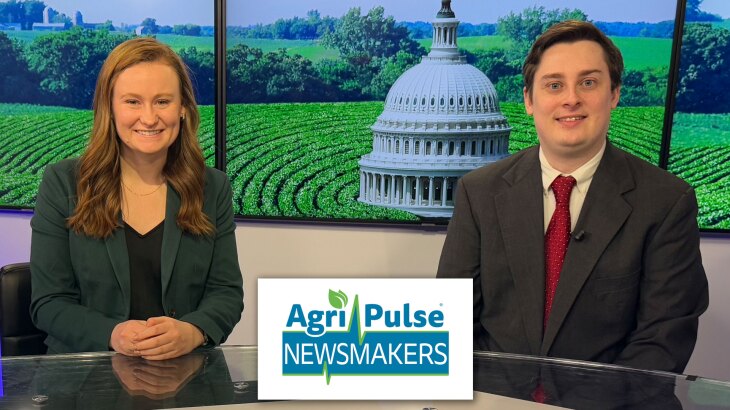The FDA is in the final phase of Guidance for the Industry No. 263 on livestock antibiotic labels. For years, the FDA has been trying to get all livestock antibiotics under veterinary oversight.
“This will end over-the-counter sales of antibiotics, and livestock owners will need a prescription from a veterinarian if they want to continue to have access,” Craig Payne, a veterinarian at the University of Missouri Extension said.
In 2017, the FDA ordered feed antibiotics like Tetracycline and Penicillin to be pulled from store shelves and began requiring them to be administered under orders from a licensed veterinarian. That order also included antibiotics delivered by water.
“The public has an interest in what farmers are doing to care for livestock, and there’s an expectation that we are going to use antibiotics judiciously with livestock,” Jennifer Roberts, a veterinarian with Boehringer Ingelheim said.
“As veterinarians, we want to make sure that we are judiciously using antibiotics, and this regulation allows us to have a little more input on the farm and to have conversations with farmers about following medication protocol,” she said.
Under the FDA’s newest guidance, most antibiotics meant for any species of livestock will be affected. Those include cephapirin, cephapirin benzathine (ToDay and ToMORROW), penicillin G procaine, and penicillin G benzathine (Masti-Clear, Go-dry, Albadry Plus).
To accesses these medications, you’ll need to have a prescription from your veterinarian.
There will be some exceptions for vaccines, dewormers, fly control, teat sealants, hormone implants, and homeopathic medications.
In addition, bottles will require the words “Caution: Federal law restricts this drug to use by or on the order of a licensed veterinarian.”
The new rules go into effect June 11th.





















